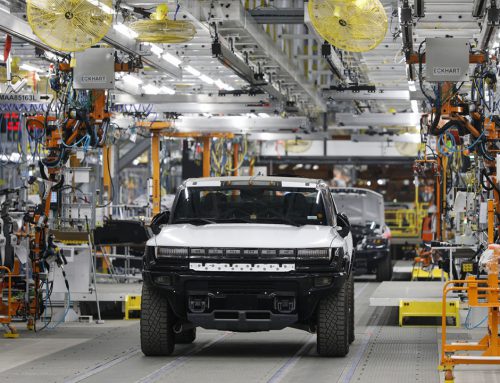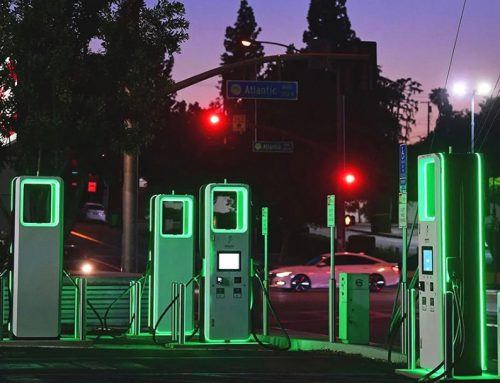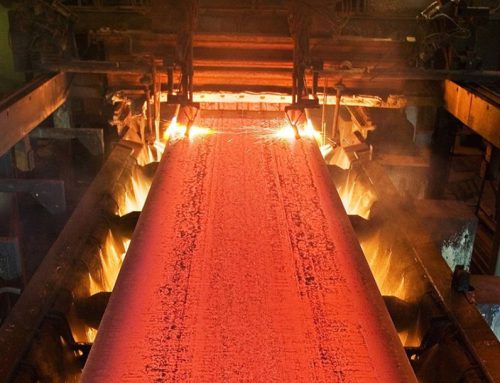ELECTROMAGNETIC pulses (EMPs) are usually associated with warfare. The idea is to use a blast of energy to fry the enemy’s computers and telecommunications gear. One common way proposed to do this is with an atomic bomb. In a less extreme fashion, however, EMPs have peaceful uses. They are already employed industrially to shape soft and light metals, such as aluminium and copper. Now a group of researchers at the Fraunhofer Institute for Machine Tools and Forming Technology in Chemnitz, Germany, has found a way to use an EMP device to shape and punch holes through industry’s metallic heavyweight—steel. This could transform manufacturing by doing away with the need to use large, heavy presses to make goods ranging from cars to washing machines.
Verena Kräusel and her colleagues performed their trick by beefing up an existing electromagnetic-forming machine. Such machines use a bank of capacitors to discharge a current rapidly through a coil. The coil converts the current into a powerful magnetic field. When the component to be worked is placed next to such a machine, the coil induces in it a corresponding field. Like poles repel, and the repulsion between the two fields is strong enough to make the metal distort.
Dr Kräusel and her colleagues boosted the power of their machine by strengthening its coil and speeding up the rate at which the capacitors dump their charge. The result is an extremely strong field—one that delivers enough pressure when it hits the steel to punch out the material next to it, leaving a hole behind. The impact pressure on the steel is about 3,500 atmospheres. That is the weight of three small cars pressing on an area only a centimetre or so square.
The result is that the machine is able to punch holes 30mm in diameter through the type of sheet steel used to build car bodies, which is usually around 1mm thick. The group have also used their machine to punch holes in hardened steel, including stainless steel. And, besides punching holes in steel, such a machine could also be used to form shapes out of the metal without the need to use a mould or a die.
Firms such as Germany’s giant carmaker Volkswagen are sponsoring the project because forming steel components with an EMP device provides a number of advantages. Although using a heavy press to bend metal and cut holes in it is fast, the tearing action at the edges of the holes leaves ragged, sharp tailings, known as burrs. This means that parts stamped out this way have to be cleaned up, usually by hand, which increases production costs. The need to keep replacing the stamps and dies used by the press, as they become blunt, also adds to the expense.
Lasers are one alternative. They can cut cleaner holes in steel, but they are slower than stamping because they need to burn their way around the part. They are also expensive to operate. An electromagnetic punch, however, stamps its hole without tearing the metal, which means no burrs are left behind, and it never gets blunt. In fact, says Dr Kräusel, her machine can punch a hole clean through a sheet of steel in a fifth of second—compared with the 1.4 seconds needed by a laser.
The team members are now carrying out further development work on the coil. They expect factories to take up the idea quickly, because it is a modification of equipment that is already familiar. The size of holes that can be cut depends on the size of the coil, so specific coils will be needed for each application. Specific punches, however, are needed for traditional presses, so this would not seem to be a deterrent—especially as an EMP device should be able to deliver consistently accurate blows without wearing itself out. A hole, new technology, as it were.




